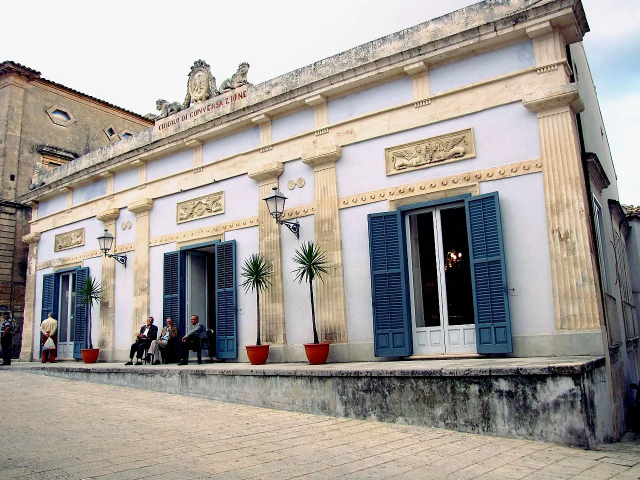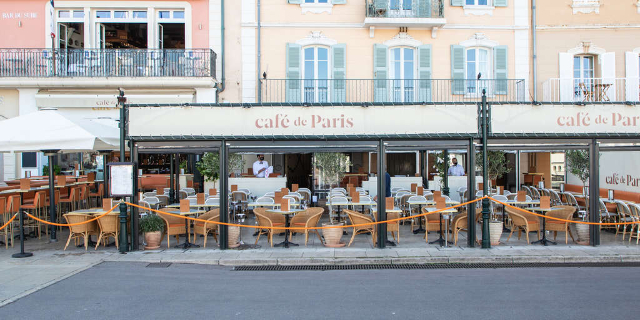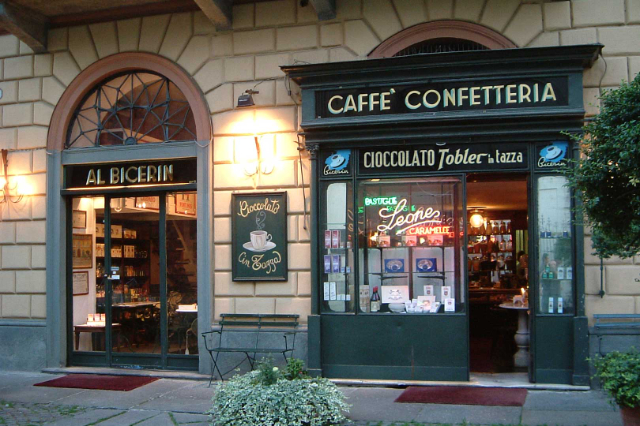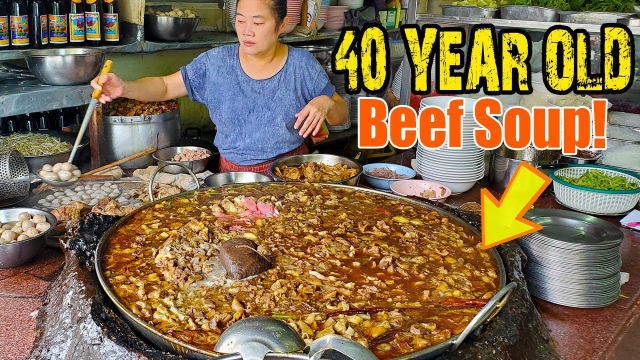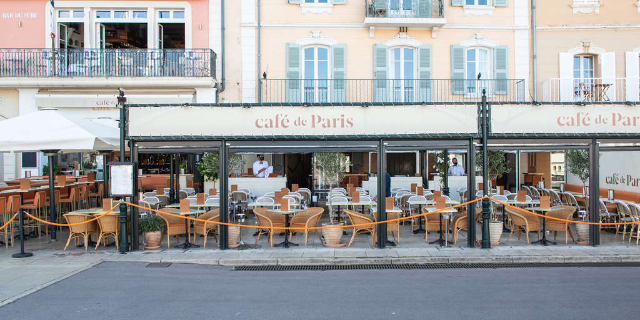The Ragusa Conversation Club was built in the mid-19th century in the neoclassical style on the initiative of a number of Ragusan nobles, including Vincenzo Arestia La Rocca, Pasquale Di Quattro, Baron Carmelo Arezzo of Tre Filetti, Knight Giuseppe Arezzi and Baron Francesco Arezzo of Donnafugata. The goal was to provide them with a place where they could spend their free time, isolated and away from ordinary people.The facade of the Circle presents a sober and elegant appearance, with about 10 meters in length, in neoclassical style. Above the three entrances, flanked by six pilasters, are bas-reliefs depicting two winged women holding a lamp in the central panel, while the side panels feature two winged sphinxes with lion bodies and women’s faces. At the top of the elevation, above the inscription "Circolo di Conversazione," is a sculptural group depicting a shield with the Ragusa eagle, flanked by two lions with human faces and flower festoons.Inside, the Circle consists of seven 19th-century style rooms, where the original furnishings of the period, such as curtains, sofas, mirrors, chandeliers and some sculptures, are still well preserved. These elements easily transport you to the atmosphere of the period. The central room is particularly important, furnished with four large sofas topped by huge mirrors with 19th-century frames and a large wrought-copper chandelier. On the ceiling is an important tempera painting by Ragusa painter Tino del Campo, depicting the allegory of the aurora, while the four corners feature half-length figures of Michelangelo, Dante, Galileo and Bellini. The Circle also has an indoor flower garden used for moments of relaxation.The Conversation Club is not a monument relegated to the past, but is still used, albeit privately, and is open to the public for meetings and lectures, thanks to the kind permission of members.The cameras of Commissioner Montalbano entered this elegant building in the episode "The Smell of the Night," but it is known to the general television audience as "Dr. Pasquano’s Circle."
